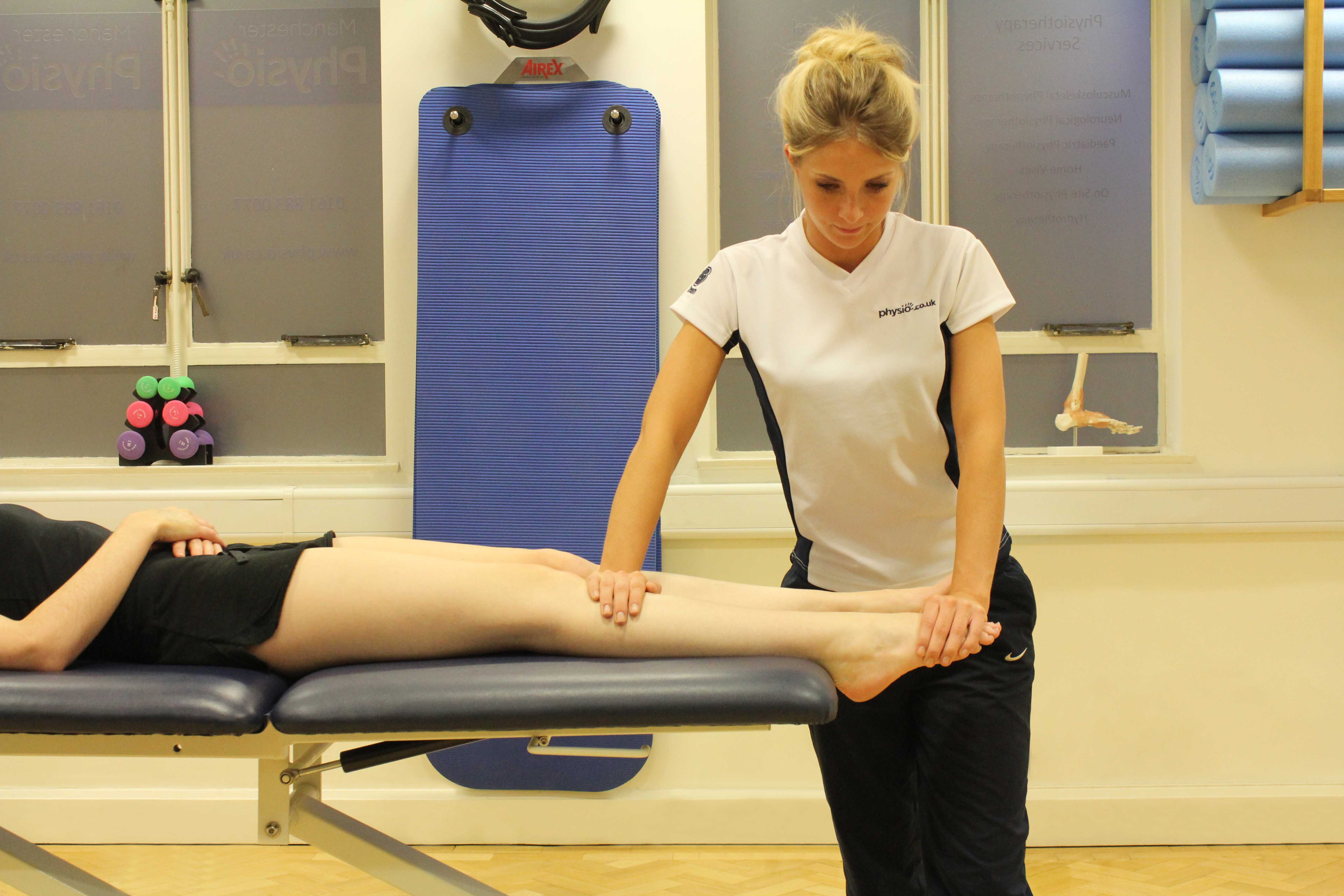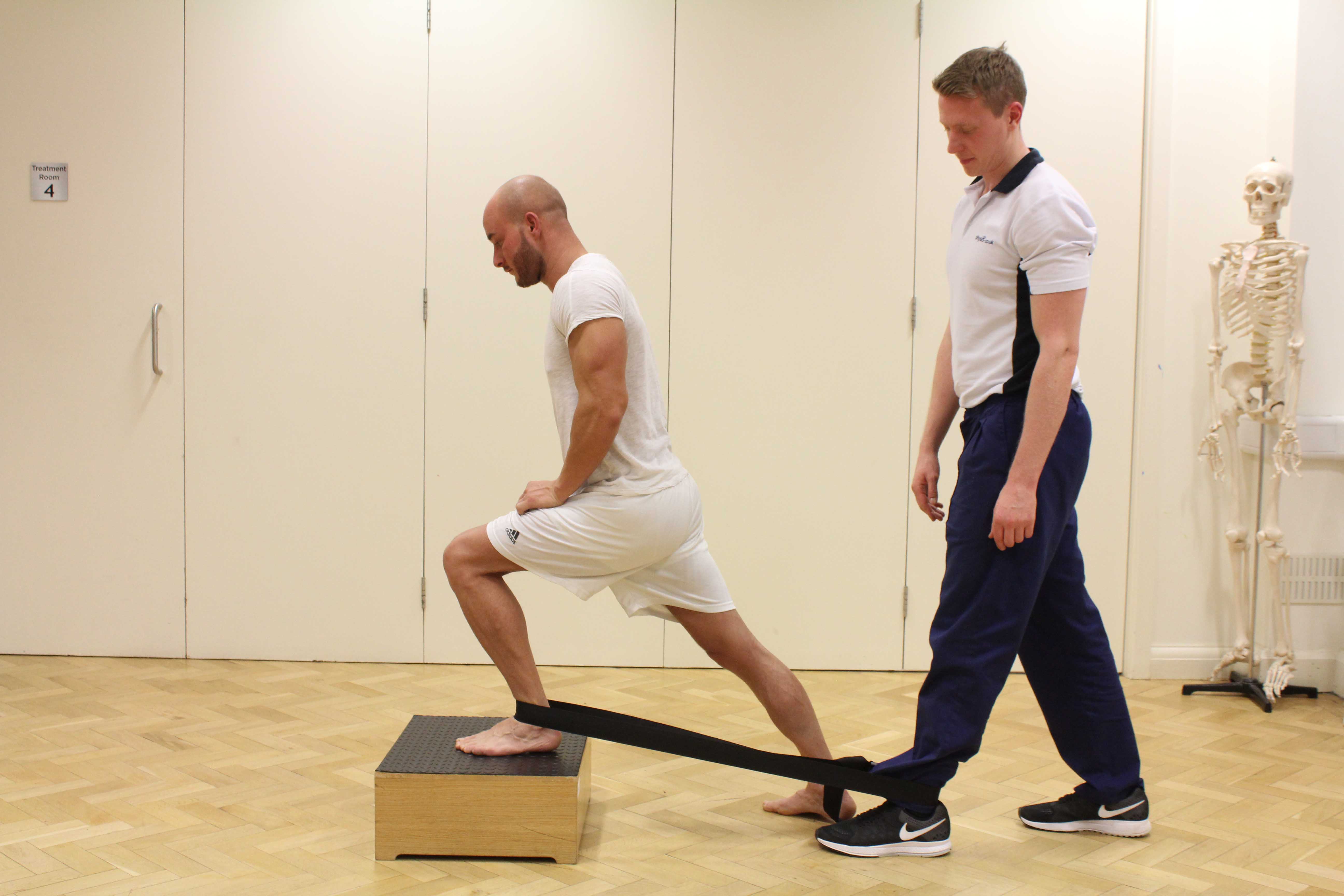Ankle Manipulation Under Anaesthetic
A manipulation of the ankle under anaesthetic is a procedure that is sometimes performed following an ankle fracture by an orthopaedic consultant. A manipulation is performed if the bones of the ankle move out of alignment following the fracture. The purpose of a manipulation under anaesthetic (MUA) of the ankle is to realign the displaced ankle bones before a cast is applied to allow the bones to heal in a satisfactory position. An MUA is often performed under local anaesthetic and no incision is required, therefore, there is no risk of infection. An MUA is performed on an individual if the displacement is minimal or if the individual is at high risk of suffering complications during or after general anaesthesia and / or surgery (such as elderly individuals or individuals with heart or lung problems). If an MUA is not satisfactory and the individual is fit enough to undergo surgery then open reduction internal fixation of the ankle joint may be undertaken.
Following approximately 8 weeks in a cast (this can vary from individual to individual) you will be ready to start physiotherapy. In our experience, once you have been given the all clear from your orthopaedic consultant, the sooner you start physiotherapy the better the outcome following your broken ankle.
 Above: Passive stretch of connective soft tissues in the ankle
Above: Passive stretch of connective soft tissues in the ankleSymptoms after Ankle Manipulation Under Anaesthetic
If you have experienced a displaced ankle fracture following by a manipulation under anaesthetic you may be experiencing:
- Ankle and lower leg swelling
- Ankle pain
- Bruising
- Difficulty putting weight through your injured leg
- Deformity of the lower leg and ankle joint
Physiotherapy after ankle ORIF
After 6-8 weeks, you will be reviewed by your orthopaedic consultant will X-ray your ankle and decide if the bones are healing adequately. Your orthopaedic consultant will then make a decision on your weight bearing status. Your physiotherapy programme will now focus on returning the movement in your ankle joint.
 Above: Mobilisations and stretches applied to the connective tissues in the ankle
Above: Mobilisations and stretches applied to the connective tissues in the ankleWeeks 1-6
Whilst you are wearing your cast physiotherapy can focus on maintaining the strength and length of your other joints muscle groups. No movements or exercises will be performed on your affected ankle. Other physiotherapy during this time will include:
- General advice
- Cryotherapy (ice) of the injured ankle to reduce swelling
- Pain control
- Gentle active (done by yourself) range of movement exercise in a non-weight bearing position
 Above: Mobilisation of the ankle joint using a strap and assistance of a MSK physiotherapist
Above: Mobilisation of the ankle joint using a strap and assistance of a MSK physiotherapistWeeks 6-12
As soon your cast is removed, active rehabilitation can start with Physio.co.uk. Rehabilitation is now focussed on mobilising your ankle, weight bearing exercises and strengthening of the ankle. Physiotherapy is very important at his stage following an ankle fracture. Physiotherapy at this stage may include:
- Pain control to allow the progression to weight bearing from non-weight bearing
- Mobilisation of the ankle joint
- Strengthening exercises
- Aerobic exercise
- Balance and proprioception exercises
- Hydrotherapy
- A detailed home exercise programme detailing all of the above to promote the best possible recovery
- Electrical Muscle Stimulation (EMS)
12 weeks and onwards
After 3 months of physiotherapy with Physio.co.uk you will now have noticed large improvements in the movement, strength and function in your ankle. Your progress at this point is largely based on the severity of your fracture, the period of time for which you were casted and how hard you have worked on your home exercise programme. Physiotherapy may now include:
- Functional exercises (dynamic movements)
- Individualised advanced home exercise programme
- Individually tailored dynamic balance exercises
- Advanced aerobic exercises
- Advanced mobilising / stretching exercises to achieve optimum range of movement
- Gait analysis
- Progression back to sport
- Taping technique teaching if required during the initial return to sport
- Full recovery of the ankle joint can take between 12-18 months
Summary
Ankle manipulation under anaesthetic is a treatment method used to treat a displaced ankle fracture. A personalised intensive physiotherapy programme from Physio.co.uk will help you to make a full recovery and return to work, sport or hobbies as soon as possible. To book an appointment to see one of our physiotherapists, please call Physio.co.uk on 0330 088 7800 today!

 0330 088 7800
0330 088 7800


































